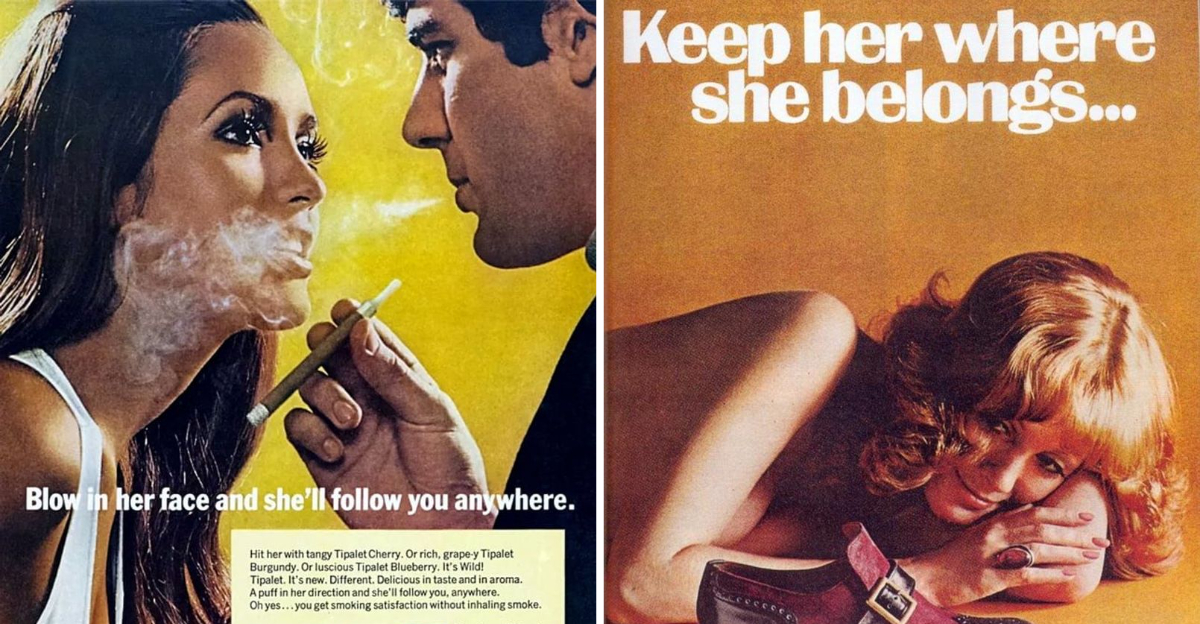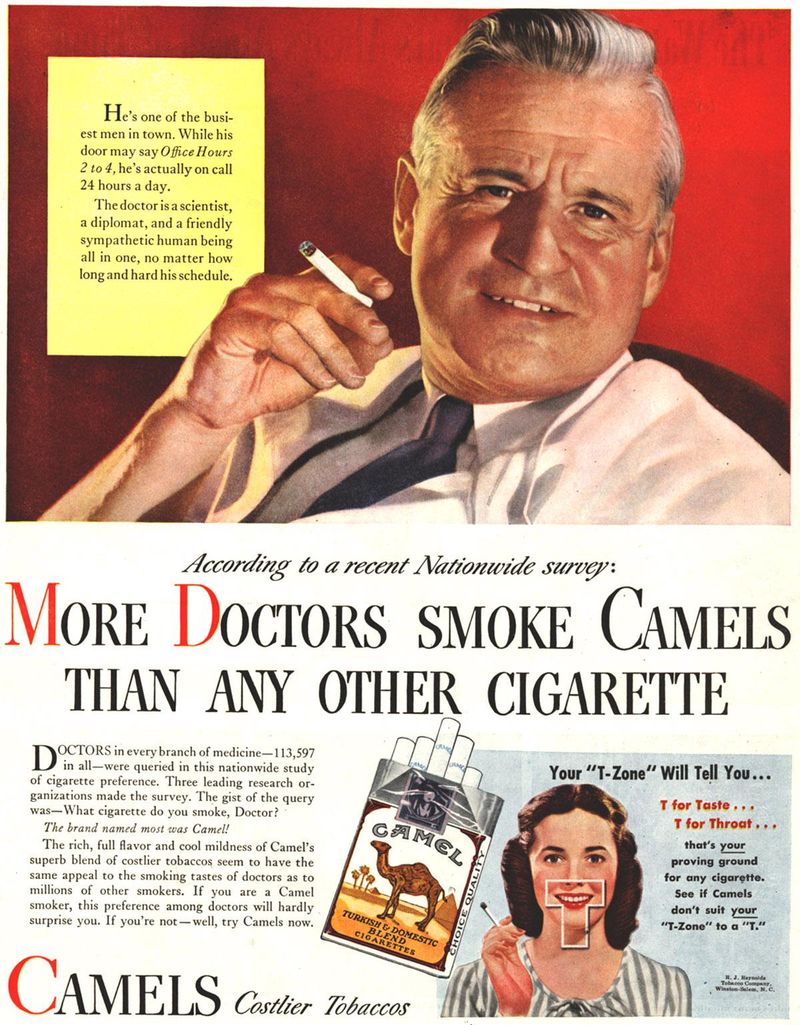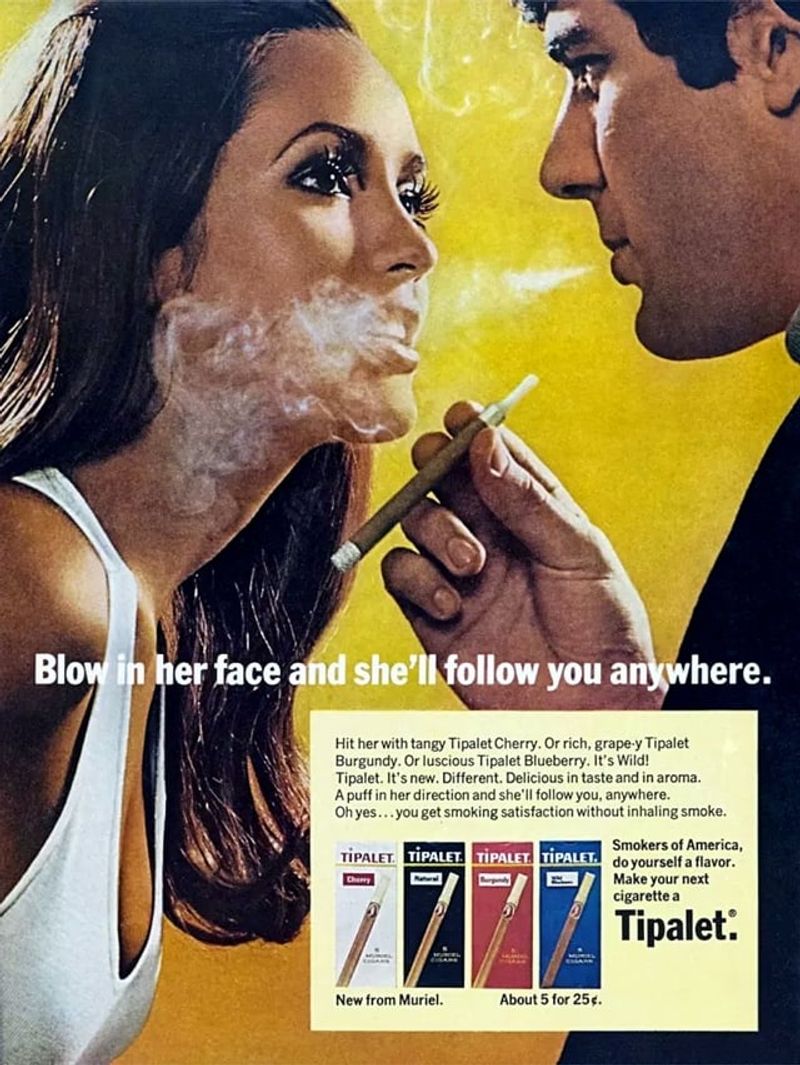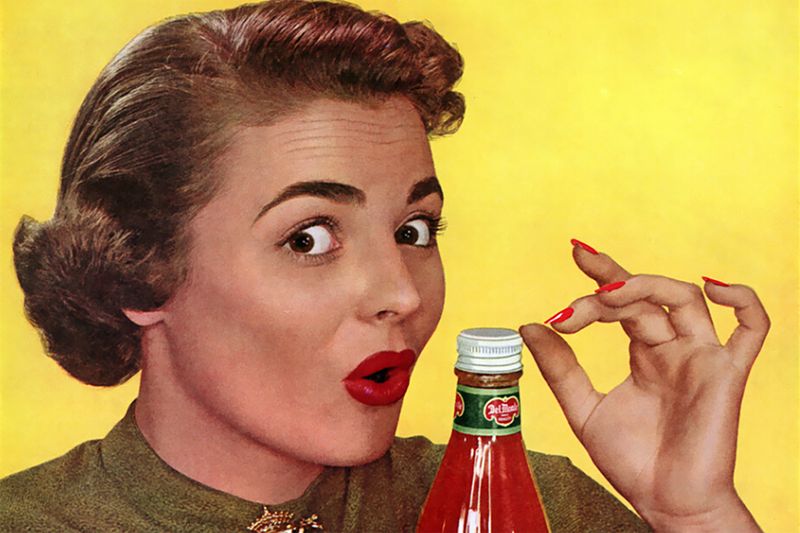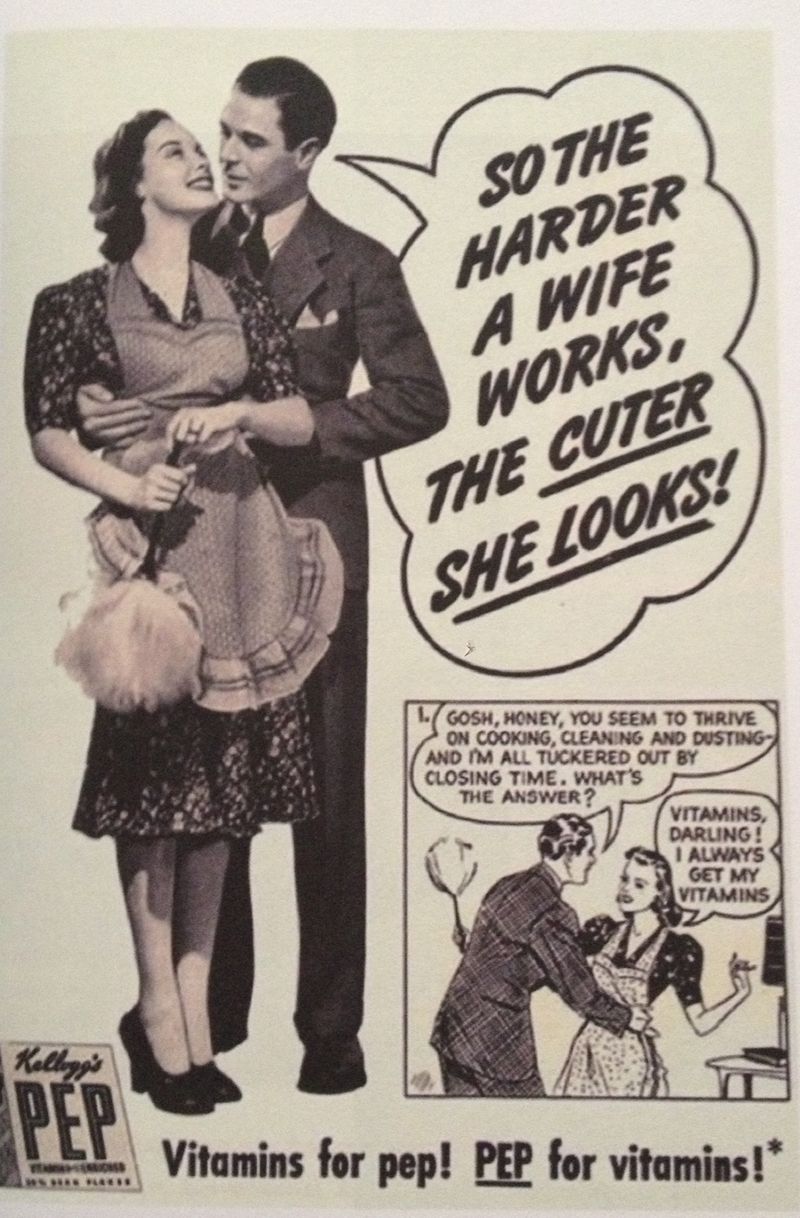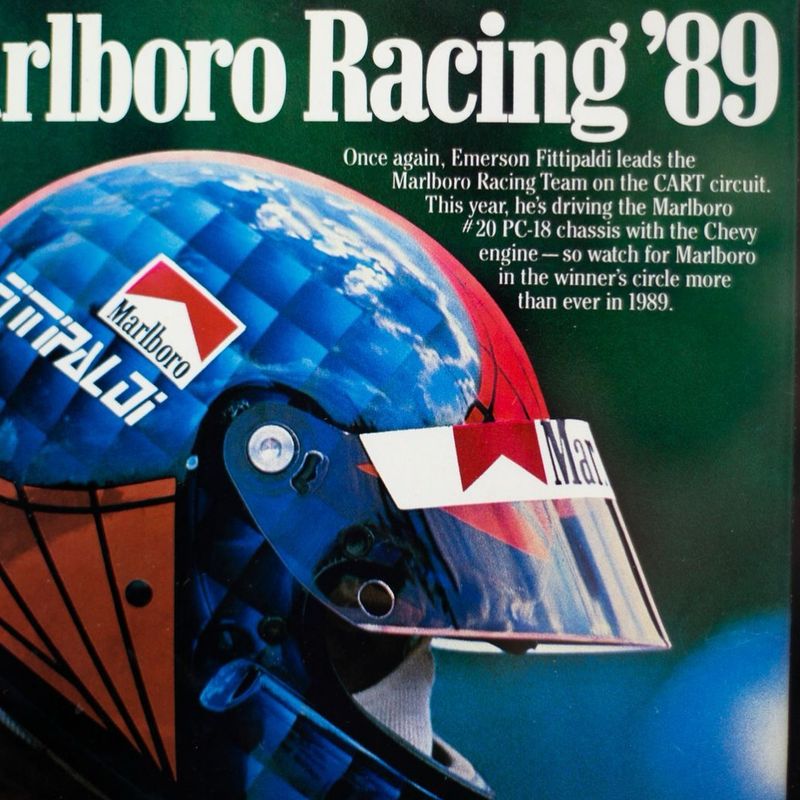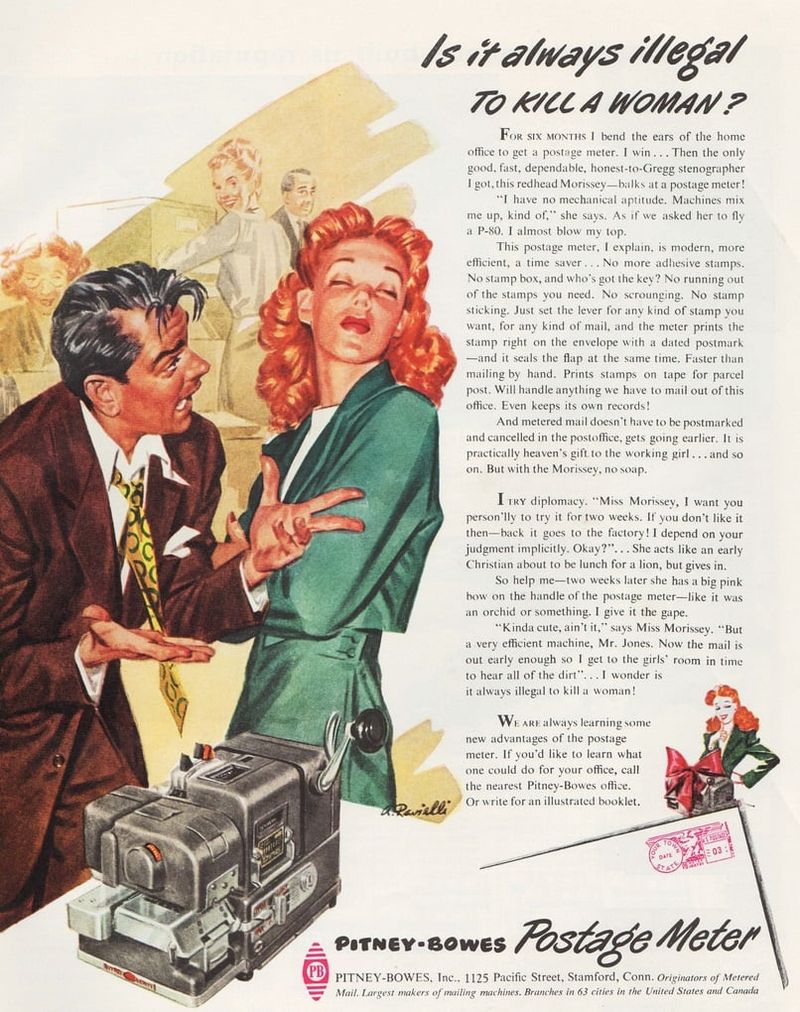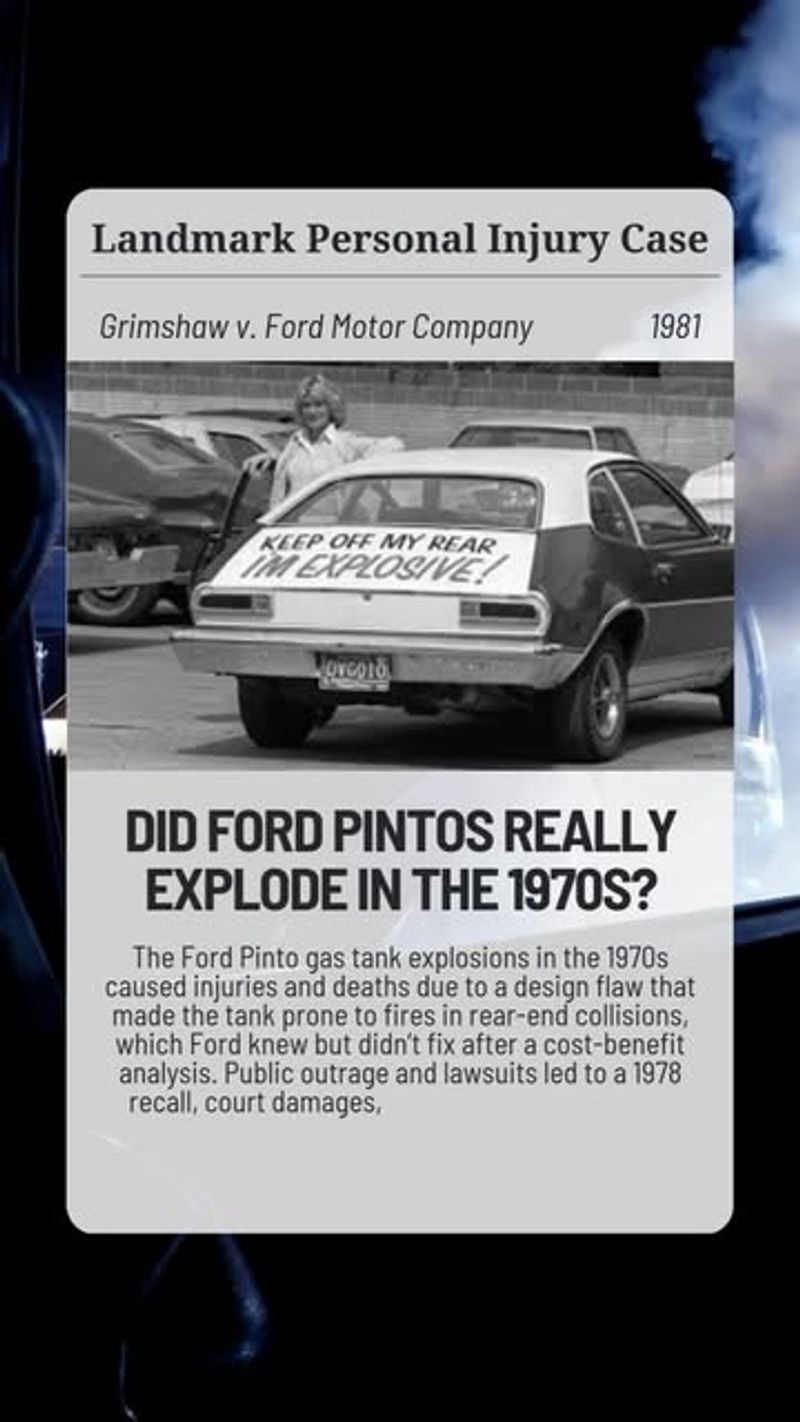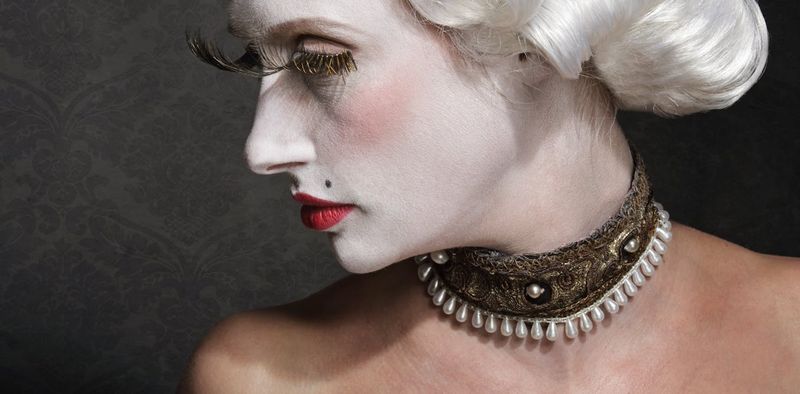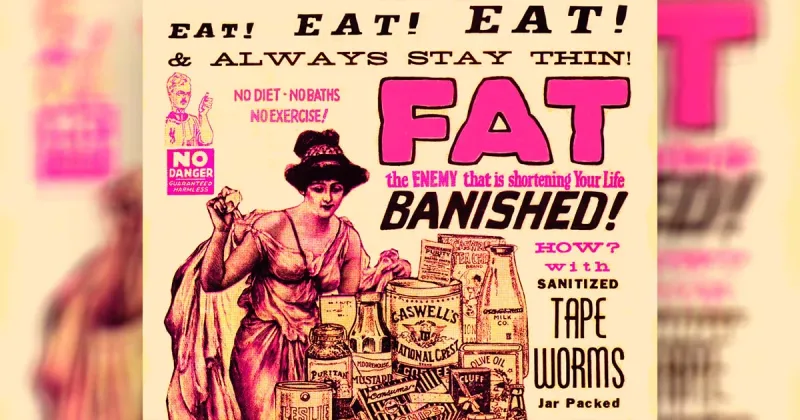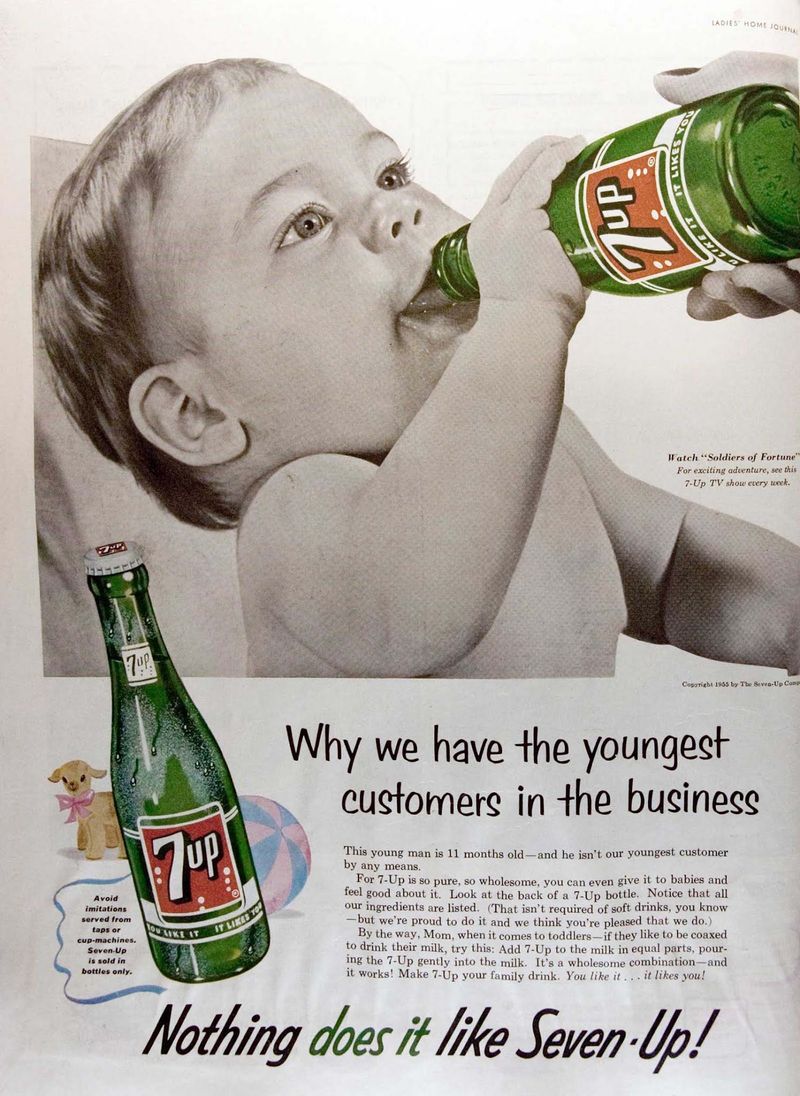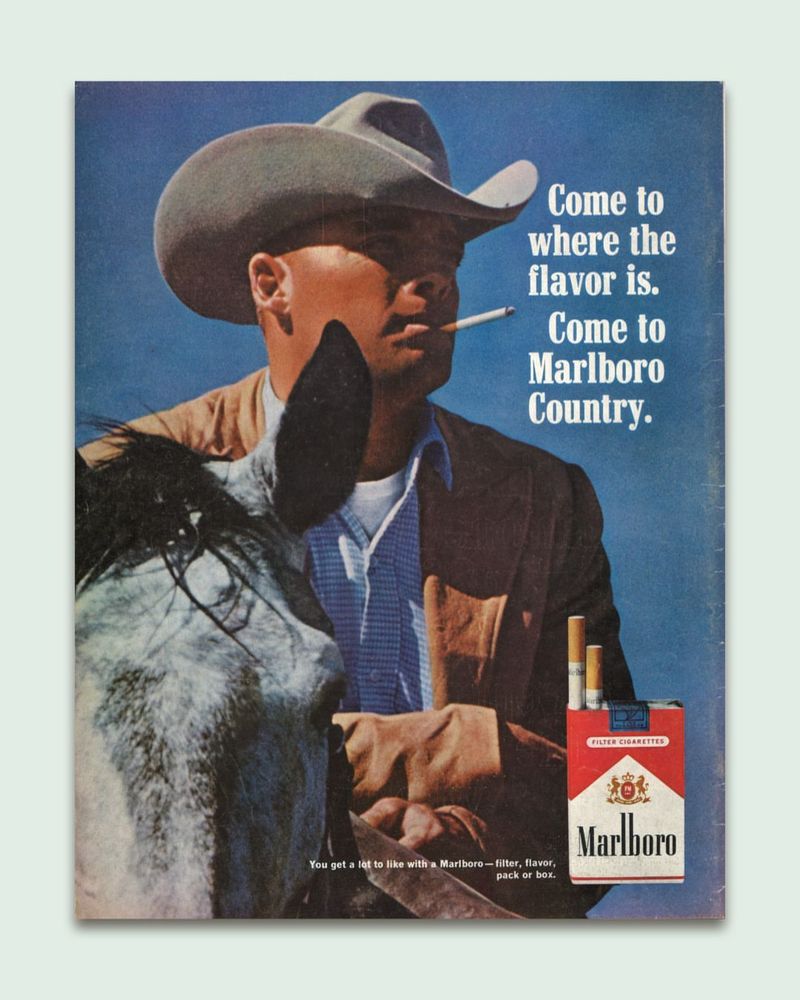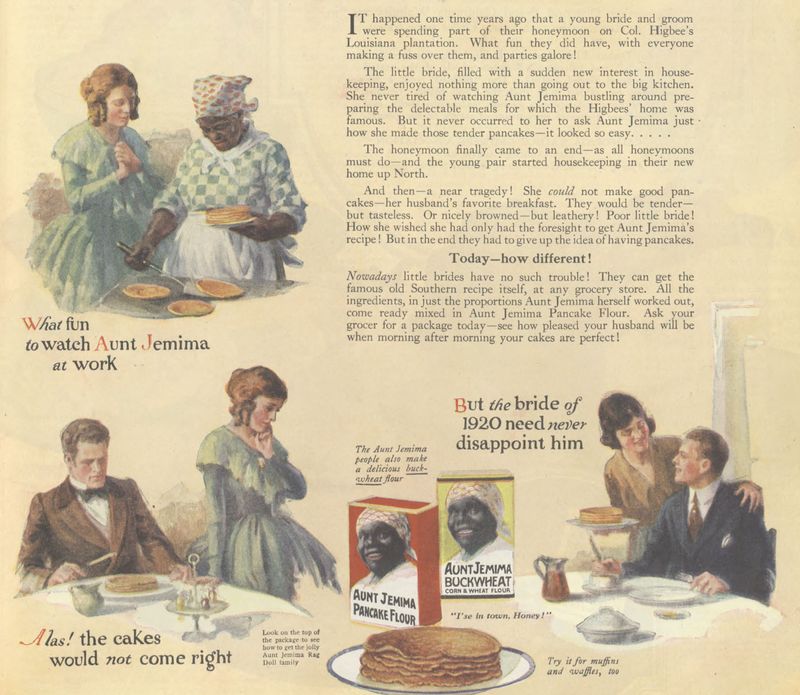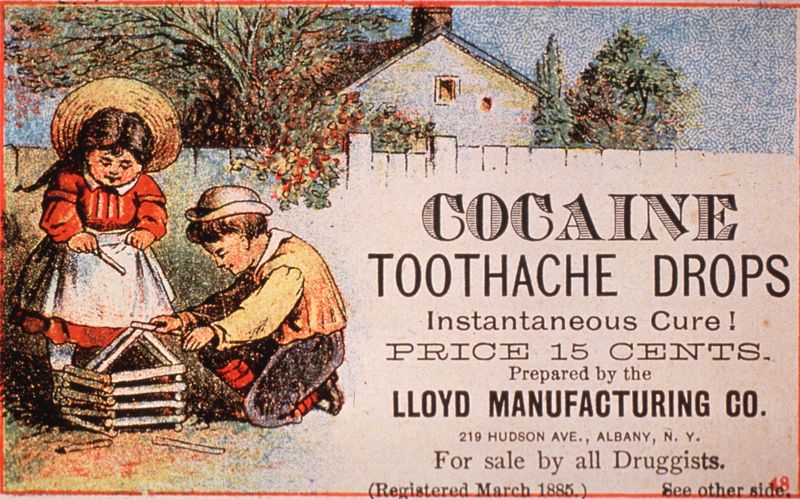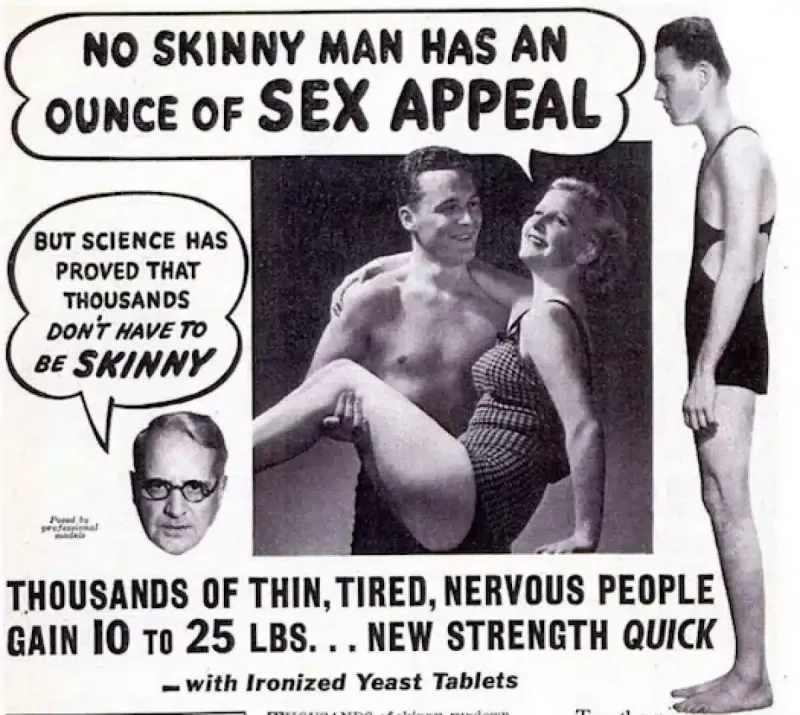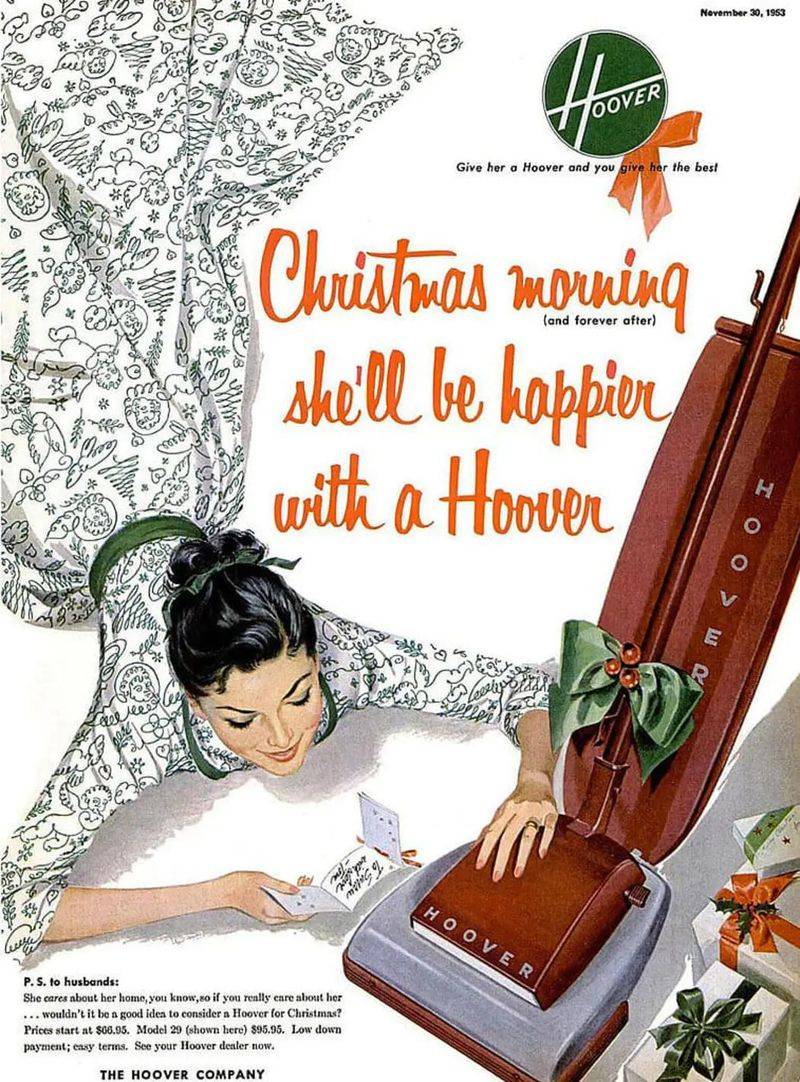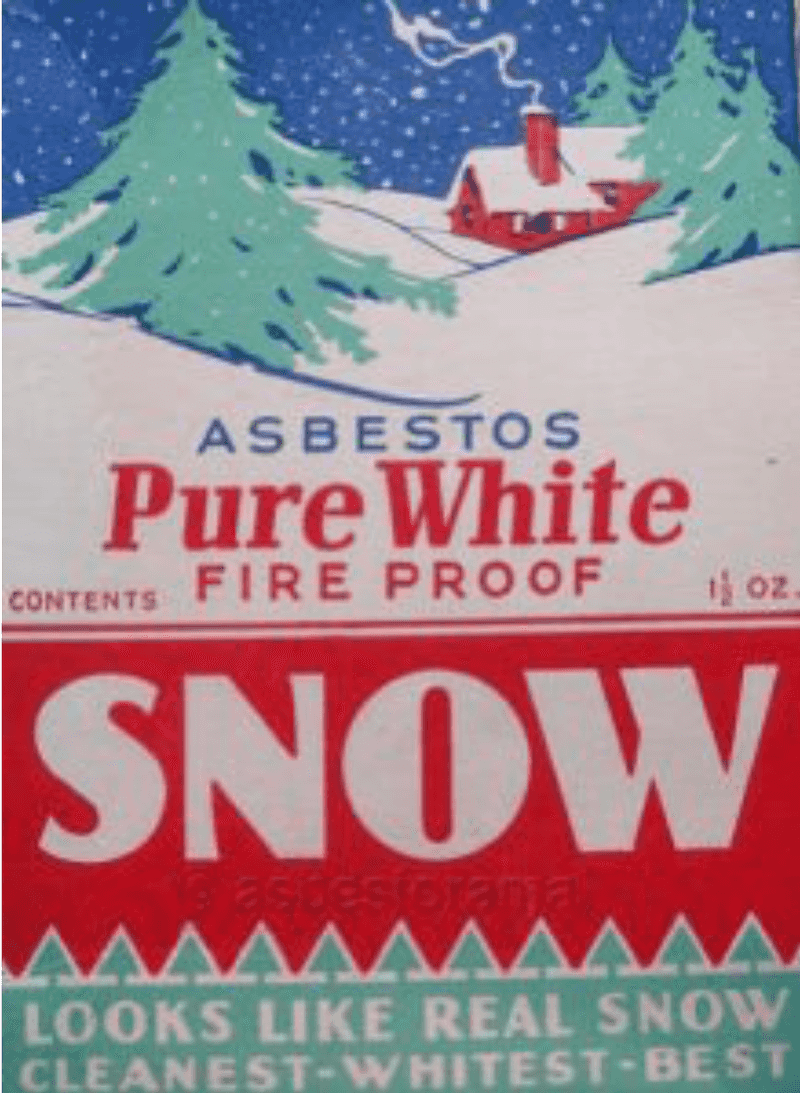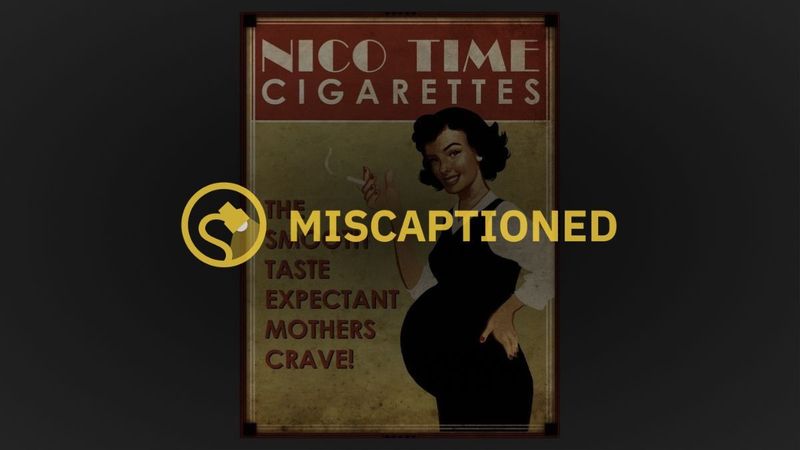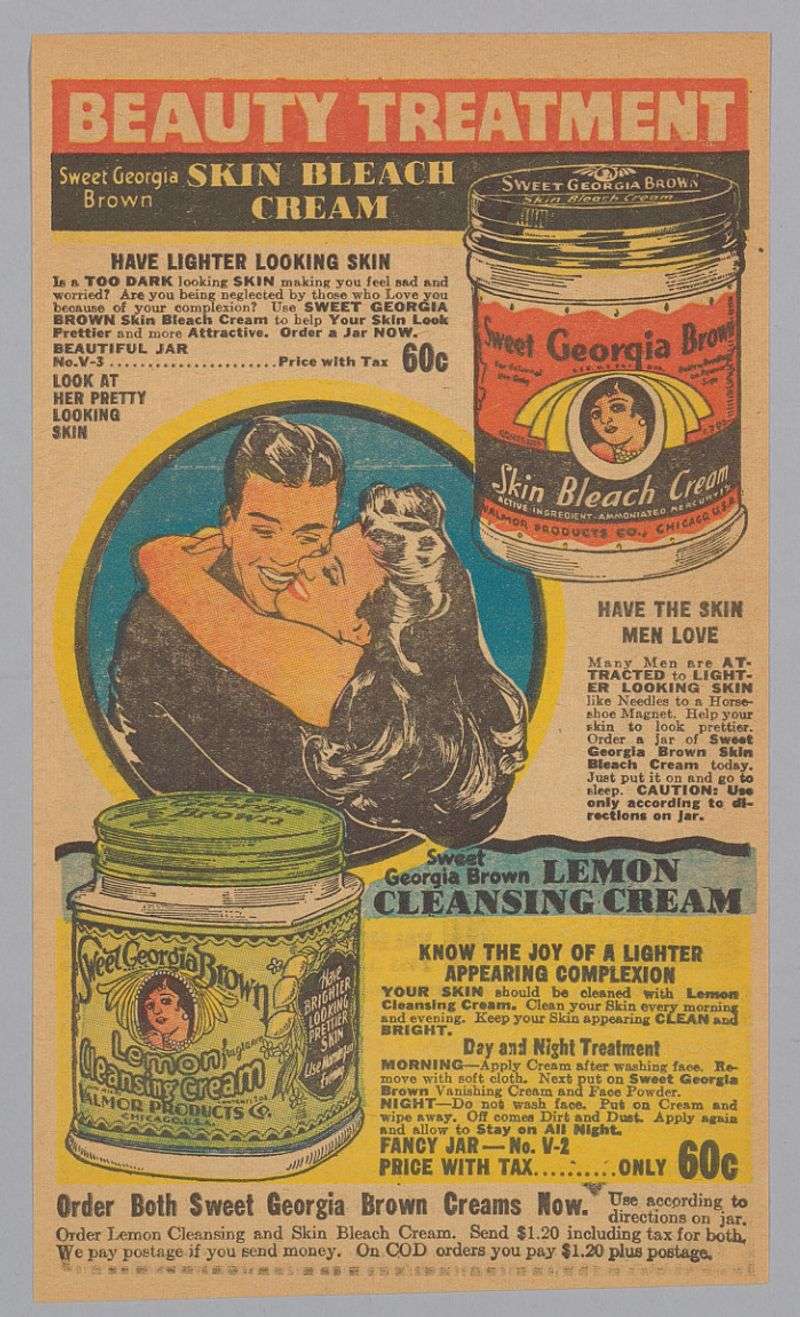Flip through vintage magazines and you’ll quickly discover a strange world of advertising that once seemed normal. These glossy pages reveal how dramatically our values and knowledge have changed over the decades. From cigarettes marketed as doctor-approved to blatant sexism masquerading as humor, these vintage ads now serve as shocking time capsules of bygone attitudes.
1. Doctor-Approved Cigarettes
Camel’s infamous “More Doctors Smoke Camels” campaign from the 1940s featured white-coated physicians enthusiastically endorsing tobacco. The ads even claimed their cigarettes were tested by “throat specialists” who found no adverse effects!
Medical professionals in crisp lab coats smiled while lighting up, lending scientific credibility to a product we now know causes cancer, heart disease, and numerous other health problems.
2. Smoke-Blowing Seduction
Tipalet cigarettes’ 1969 ad featuring the tagline “Blow in her face and she’ll follow you anywhere” seems almost satirical today. A man exhales smoke directly at a woman’s face, depicted as an irresistible mating ritual rather than what it actually is: annoying and unhealthy.
The woman’s expression suggests this second-hand smoke is somehow an aphrodisiac. Modern viewers might wonder if the ad executives had ever actually spoken to a woman.
3. Women vs. Bottle Caps
Alcoa Aluminum’s 1953 gem asked incredulously, “You mean a woman can open it?” The ad featured a housewife looking positively astonished at her own ability to twist off an aluminum bottle cap.
The copy celebrated this revolutionary advancement as if women had been helplessly waiting beside unopened bottles until their husbands came home. The idea that women might lack the strength or intelligence to operate a twist-off cap is laughably absurd today.
4. Housework Makes You Cuter
Van Heusen shirts really pushed the boundaries with their 1950s ad declaring “The harder a wife works, the cuter she looks!” The image showed a man relaxing while his wife slaved away on hands and knees.
Apparently, female attractiveness was directly proportional to domestic labor performed. Not only did this ad commodify women’s appearance, but it also suggested their primary purpose was maintaining both the home and their husband’s visual enjoyment simultaneously.
5. Kitchen Imprisonment
Kenwood Chef appliances didn’t bother with subtlety in their 1970 advertisement. “Keep her where she belongs… in the kitchen” was their actual tagline, accompanied by an image of a woman happily confined to her culinary prison.
The mixer was marketed as a tool not for women’s convenience, but to ensure they remained in their “proper place.” The ad seems particularly tone-deaf considering it ran during the height of second-wave feminism.
6. Athletic Smokers
The cognitive dissonance of cigarette ads in sports magazines throughout the 1950s-70s is staggering. Marlboro cowboys would appear opposite articles about peak physical fitness, while Virginia Slims targeted “liberated” women alongside tennis coverage.
The bizarre juxtaposition of lung-damaging products with athletic achievement created a surreal contradiction. Imagine today’s health magazines featuring vaping ads between workout routines—the absurdity would be immediately apparent.
7. Murderous Humor
National Lampoon’s notorious satire ad asking “Is it always illegal to kill a woman?” featured a terrified female model next to a Volkswagen. The punchline? Something about how you might want to kill your wife if she damaged your car.
This 1970s attempt at edgy humor now reads as disturbing glorification of domestic violence. The ad’s premise—that property damage might justify homicide—reveals how casually violence against women was treated as comedic material.
8. Ford’s Explosive Secret
Ford Pinto’s 1970s campaign boasted “When he finds out it’s a Ford…” suggesting men would be shocked to discover such an attractive car came from Ford. What makes this darkly ironic is what we now know about the Pinto.
The car became infamous for its fuel tank design flaw that caused deadly fires in rear-end collisions. Internal memos later revealed Ford calculated it was cheaper to pay settlements for burn victims than fix the design—a revelation that transformed this ad into unintentional corporate horror.
9. Poisonous Beauty Products
Before the 1978 ban, lead-based makeup and paint were marketed as premium products. Advertisements highlighted their “brilliant white finish” and “smooth application,” completely omitting the devastating neurological damage they caused.
Women applied lead-containing face powder directly to their skin, while children’s rooms were painted with lead-based products. What was once promoted as the hallmark of quality is now recognized as a serious public health hazard requiring professional remediation.
10. Tapeworm Weight Loss
Early 20th-century weight loss ads promoted actual tapeworm eggs as diet aids. “Eat whatever you want and still lose weight!” they promised, conveniently omitting the horrifying side effects of intestinal parasites.
These “sanitized” tapeworm pills claimed to help users shed pounds effortlessly. The reality—severe nutritional deficiencies, intestinal blockages, and potential death—somehow didn’t make it into the advertising copy.
11. Soda-Guzzling Infants
7-Up and Coca-Cola once marketed their sugary beverages to parents of infants and toddlers. “For a better start in life, start them early on 7-Up” suggested one particularly alarming 1950s ad, featuring a baby drinking soda from a bottle.
The copy claimed these carbonated sugar bombs would help settle little stomachs and make children popular. Today, with childhood obesity and diabetes at epidemic levels, these ads seem like parodies rather than actual marketing campaigns.
12. Macho Marlboro Men
The iconic “Marlboro Man” campaign epitomized toxic masculinity before we had words for it. Rugged cowboys lighting up on horseback implied real men smoked Marlboros, regardless of health consequences.
The tragic irony? Several actors who portrayed the Marlboro Man later died from smoking-related illnesses. The campaign’s aggressive linking of cigarettes with masculinity created a deadly association that took decades to break.
13. Racist Caricatures
Household brands from Aunt Jemima to Cream of Wheat featured deeply offensive racial stereotypes throughout much of the 20th century. These caricatures depicted Black Americans with exaggerated features and subservient positions, reinforcing harmful stereotypes.
What’s particularly shocking is how mainstream these images were. They appeared in family magazines, on grocery shelves, and in Sunday papers—normalizing racism for generations of Americans who grew up seeing these depictions daily.
14. Cocaine for Toothaches
Lloyd Manufacturing’s “Cocaine Toothache Drops” were marketed to parents seeking relief for their children’s dental pain in the early 1900s. The cheerful packaging featured children and promised instant relief through what we now recognize as a highly addictive narcotic.
These over-the-counter cocaine products were completely unregulated. Parents could purchase them as easily as aspirin, administering doses of pure cocaine to children without medical supervision—a concept so shocking today it seems fictional.
15. Contradictory Body Pills
The 1950s-70s saw miracle pills promising opposite results marketed side by side. “Too skinny? Try Wate-On!” appeared next to “Too fat? Try Slimderella!” in the same magazines, often containing equally dubious ingredients.
These contradictory products targeted body insecurities from both directions. The irony of competing ads promising weight gain and weight loss—sometimes from the same company—reveals how the beauty industry has long profited from making people feel inadequate regardless of their appearance.
16. Vacuums as Christmas Gifts
Hoover’s 1950s holiday campaign proclaimed “It’s nice to have a girl around the house” while showing a woman ecstatic about receiving a vacuum cleaner for Christmas. The ad implied a wife’s primary value was her housekeeping ability.
The not-so-subtle message was that the perfect gift for the woman in your life was something that helped her clean your house better. Nothing says “I love you” like a not-so-subtle reminder of domestic servitude wrapped in holiday paper!
17. Asbestos as Home Decor
Before we understood its deadly nature, asbestos was marketed as a miracle material for everything from insulation to Christmas decorations. “Fireproof your home with asbestos!” ads cheerfully proclaimed, showing families gathered around asbestos-laden products.
The most disturbing examples might be the ads for asbestos “snow” sprinkled on Christmas trees and decorations. Families literally covered their holiday celebrations with a known carcinogen, breathing in deadly fibers while opening presents.
18. Pregnant Smokers
Cigarette companies once targeted expectant mothers with specialized campaigns. “For easier breathing during pregnancy, smoke mentholated Kools!” suggested one particularly egregious example from the 1950s.
These ads claimed smoking would calm nerves, prevent weight gain, and even ease labor pains. Some even featured doctors recommending specific brands to pregnant women.
The devastating effects of smoking during pregnancy—low birth weight, premature delivery, and increased risk of birth defects—were either unknown or deliberately concealed.
19. Skin-Bleaching Promises
Skin-lightening creams were once marketed globally with taglines like “For lighter, lovelier skin” and “Be more popular with fairer skin.” These products explicitly linked lighter skin tones with beauty, success, and social acceptance.
Advertisements often showed before/after images with models appearing progressively lighter-skinned and happier. The harmful chemicals in these products—including mercury and hydroquinone—caused severe health problems.
Beyond physical damage, these ads reinforced colorism and racist beauty standards that continue to impact communities worldwide.
